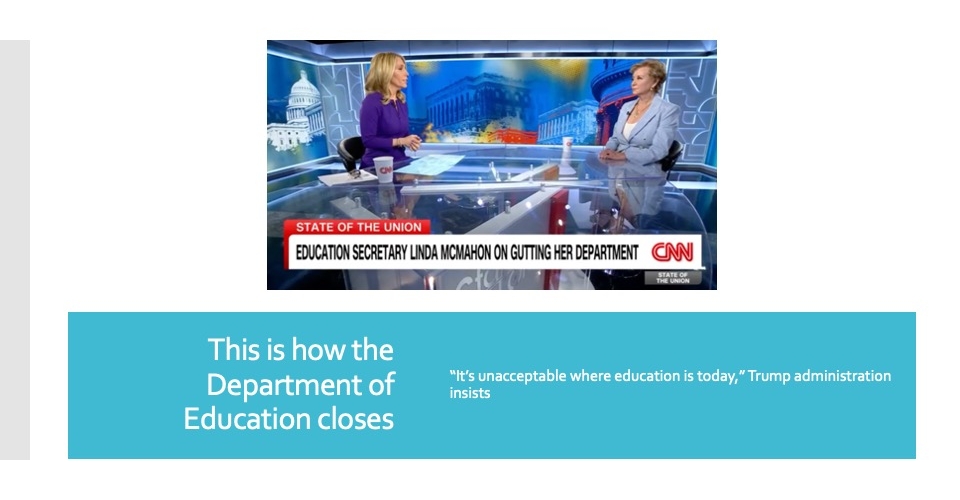Career and technical education is a cornerstone of modern K12 education, giving students the hands-on skills they need to succeed in an ever-changing workforce. With technology like automation, AI and advanced manufacturing reshaping industries, it’s clear that students must be equipped with robust, career-focused learning. Of all the resources available, robotics stands out as a key player in developing the technical proficiency and career readiness students need.
Robotics: A flexible and powerful learning tool
Just like how painting can teach artistic concepts, robotics can teach a wide range of subjects—from math to engineering. Its flexibility is one of the reasons it has become such a powerful educational tool.
VEX Robotics, for example, is designed to be accessible and engaging for students at all levels. With a low barrier to entry, anyone can start building skills on the same platform, progressing as they grow.
This adaptability makes robotics perfect for project-based and inquiry-based learning—two approaches that teach problem-solving and critical thinking, which are crucial for students’ futures.
Real-world skills and workforce readiness
Integrating robotics into CTE isn’t just about enhancing classroom learning; it’s about transferring that classroom learning to the real world. It’s a tool to bridge the gap between theory and practice, preparing students for industries driven by automation and advanced manufacturing.
For example, students who work with robotic arms learn to navigate complex concepts like coordinate systems and automation processes and, importantly, are able to learn these concepts in an authentic, real-world context.
Students gain technical expertise and also build skills in problem-solving, collaboration and critical thinking—skills that are necessary in almost any career.
Proven impact
The effectiveness of robotics in CTE is not just theoretical; it is backed by research and firsthand success stories. Studies demonstrate its role in enhancing student engagement, deepening STEM understanding and increasing career interest in technology-driven fields. Competitions and classroom experiences have led countless students to pursue careers in engineering, automation and even emerging fields like space exploration.
More from DA: Expert warns schools may face a ‘fiscal buzzsaw’ this year
A prime example of the impact is former VEX Robotics student Lachlan Carboon. Today, he’s working with the Australian Space Agency on lunar robotics. His story shows how robotics can serve as a direct pipeline to cutting-edge industries.
Future of robotics in CTE
As AI and automation continue to evolve, robotics in CTE programs will become even more vital. In the near future, students won’t just program robots—they’ll collaborate with them. This shift will change how students interact with technology, preparing them for industries that are just beginning to take shape.
By integrating robotics now, schools aren’t just preparing students for today’s workforce—they’re future-proofing their education. Students who work with robotics develop a technological fluency that positions them to succeed in emerging industries.
It’s important to understand that robotics isn’t just a nice addition to CTE programs—it’s essential for preparing students for the future. District leaders who invest in robotics education are making critical decisions for their students’ success.



